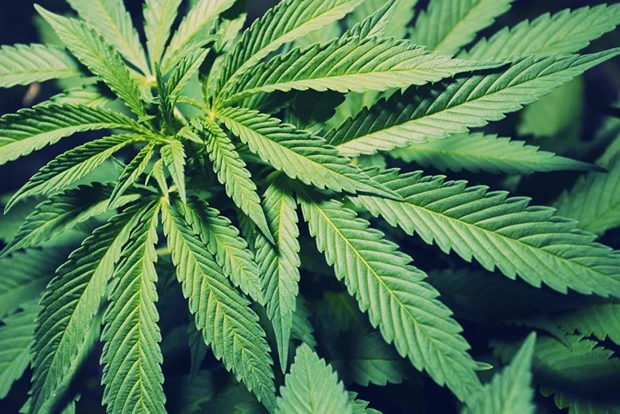What are Cannabinoids?
Cannabinoids are a class of chemical compounds native to the hemp plant, including the most common Cannabidiol (CBD), Cannabigerol (CBG), Cannabichromene (CBC), Cannabinol (CBN), and Tetrahydrocannabinol (THC).
Today, after a considerable number of scientific studies, 85 cannabinoids have been identified in the hemp plant. When consumed, the compounds interact with receptors in the human body’s endocannabinoid system (ECS), stimulating the production of more of the body’s own cannabinoids. While research over the last few decades has focused primarily on THC and its psychoactive effects, the 4 other main cannabinoids are now the focal point of interest.
The Key is Balance
Phytocannabinoids found in hemp interact with receptors in the human body’s Endocannabinoid System (ECS) with a kind of “lock and key” function. ECS is a recently discovered system in both humans and animals of naturally occurring cannabinoids and cannabinoid receptor sites throughout the entire body.
Many people and animals may have a deficiency in producing enough of their own cannabinoids and supplementing with PhytoLogica may help with this deficiency by promoting a state of Homeostasis (the ability of the body, cells, and organs to seek and maintain a state of equilibrium or balance with its internal environment when experiencing external changes). The key is to balance the system that balances you.
Cannabidiol (CBD)
Cannabidiol is considered to be the main active compound in the hemp plant and constitutes roughly 40% of hemp plant extract. Unlike the more well-known phytocannabinoid, THC, CBD is a non-psychotropic compound. Among all phytocannabinoids, CBD may be best positioned to help individuals in the pursuit of health and wellness.
Cannabigerol (CBG)
Cannabigerol is known as the parent cannabinoid molecule from which most other phytocannabinoids in the hemp plant derive. Over time, as a hemp strain matures, its CBG content slowly transforms into other compounds like CBD. However, despite the majority of its concentration being converted into other molecules, CBG is still considered worthy of study by scientists..
Cannabichromene (CBC)
Cannabichromene is one of the more abundant compounds found in the hemp plant, and like CBD, it is derived from CBG. CBC binds with key receptors in the body that are associated with how pain is perceived. This is one of the reasons scientists continue to study the compound and how it interacts with the human body’s endocannabinoid system.
Cannabinol (CBN)

The majority of the cannabinoid research to date has been structured around how these compounds behave in isolated form. But in their natural state, and when the full spectrum extract is used, all of the CBD molecules are served together, known as “the entourage effect”.
At PhytoLogica, we use the entire hemp plant in our extract in order to preserve this natural unity and synergy. Our full spectrum hemp oil products retain the hemp’s CBD, CBG, CBC, and CBN, along with all the other phytonutrients, terpenes, vitamins, and fatty acids, and discard the THC.
